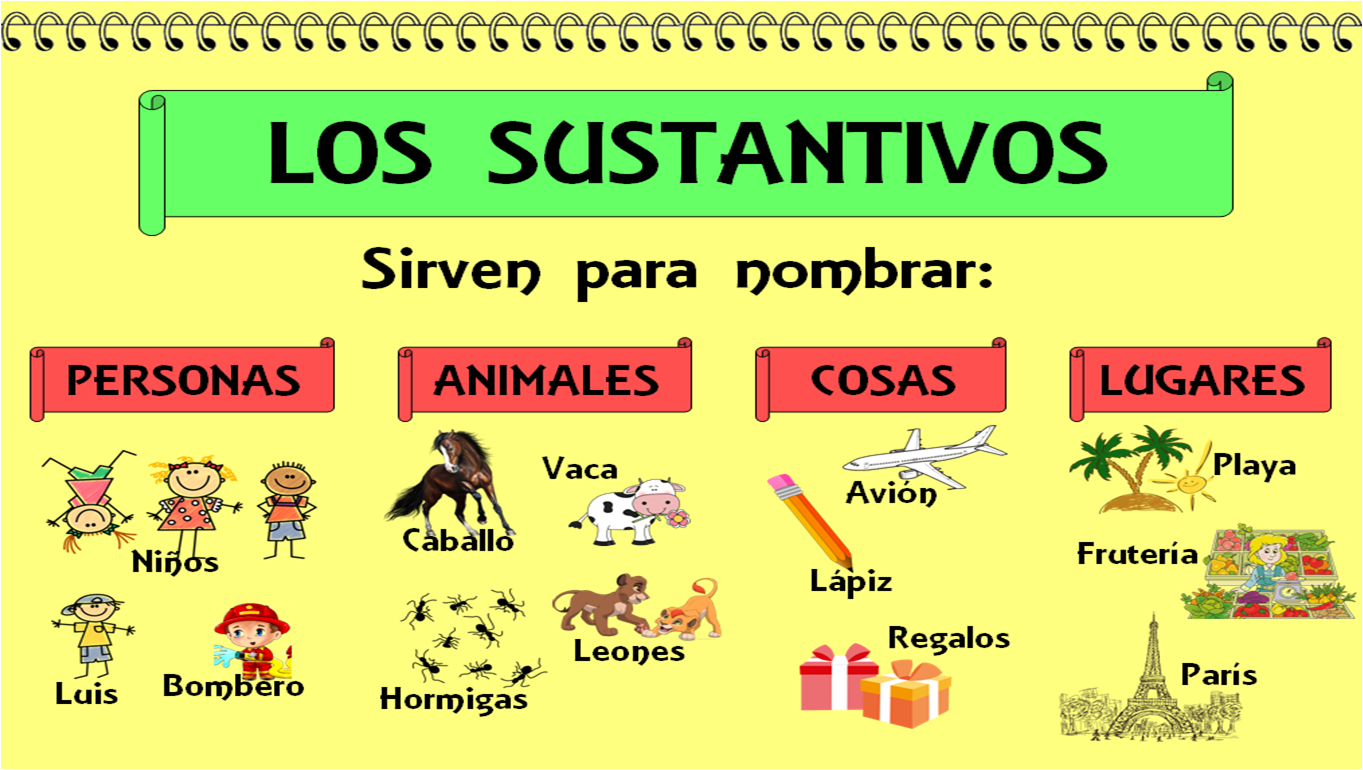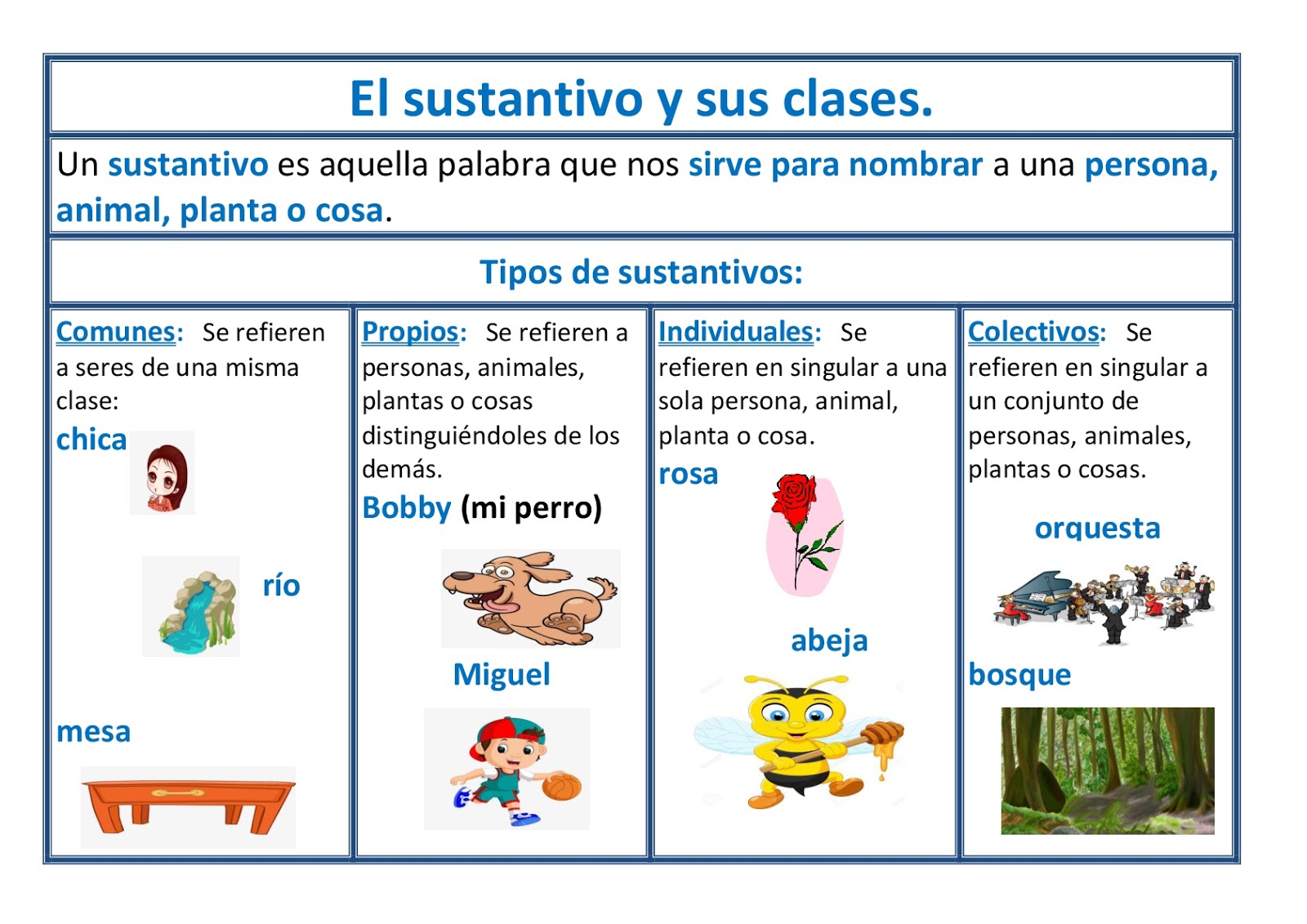What are some examples of nouns? Nouns are words that name a person, place, thing, or idea. They are the building blocks of language and are essential for communication. Without nouns, we would not be able to talk about anything specific.
Here are some examples of nouns:
- Person: teacher, student, doctor, lawyer
- Place: school, home, park, city
- Thing: book, pencil, car, computer
- Idea: love, happiness, freedom, justice
Nouns are an important part of speech and play a vital role in communication. They allow us to talk about the world around us and to express our thoughts and ideas.
In addition to the examples above, there are many other types of nouns. These include proper nouns, common nouns, concrete nouns, and abstract nouns. Each type of noun has its own specific function and usage.
Nouns are essential for communication and play a vital role in our everyday lives.
Examples of Nouns
Nouns are words that name a person, place, thing, or idea. They are the building blocks of language and are essential for communication.
- Types of nouns: common nouns, proper nouns, concrete nouns, abstract nouns
- Functions of nouns: subject, object, complement
- Nouns in sentences: The cat sat on the mat.
- Nouns in phrases: a group of friends, a beautiful day
- Nouns in clauses: The boy who lives next door is my friend.
- Nouns in paragraphs: The cat sat on the mat and licked its paw. The sun shone brightly in the sky. The birds sang sweetly in the trees.
Nouns are an essential part of speech and play a vital role in communication. They allow us to talk about the world around us and to express our thoughts and ideas.
Types of nouns
Nouns can be classified into four main types: common nouns, proper nouns, concrete nouns, and abstract nouns. This classification is based on the meaning and usage of the noun.
- Common nouns are words that name general people, places, things, or ideas. They are not capitalized unless they begin a sentence. For example, dog, school, book, love.
- Proper nouns are words that name specific people, places, things, or ideas. They are always capitalized. For example, Fido, Harvard University, the Bible, the Eiffel Tower.
- Concrete nouns are words that name things that can be perceived by the senses. For example, dog, tree, house, car.
- Abstract nouns are words that name things that cannot be perceived by the senses. For example, love, happiness, freedom, justice.
These four types of nouns play an important role in communication. They allow us to talk about the world around us and to express our thoughts and ideas.
Functions of nouns
Nouns can play three main functions in a sentence: subject, object, and complement.
Subject
The subject of a sentence is the noun that performs the action of the verb. It is usually placed at the beginning of the sentence.
Example: The dog barked at the mailman.
Object
The object of a sentence is the noun that receives the action of the verb. It is usually placed after the verb.
Example: The mailman gave the dog a treat.
Complement
The complement of a sentence is a noun that renames or describes the subject or object. It is usually placed after a linking verb.
Example: The dog is a good boy.
These three functions are essential for understanding the meaning of a sentence. By identifying the subject, object, and complement, we can determine who is doing what to whom.
Nouns in sentences
This sentence is a simple example of how nouns are used in everyday language. The nouns in this sentence are "cat," "mat," and "sentence." These nouns play an important role in conveying the meaning of the sentence. The noun "cat" tells us who is performing the action of sitting. The noun "mat" tells us where the cat is sitting. And the noun "sentence" tells us what is being described.
- The noun "cat" is a common noun. It refers to any cat, not a specific cat. This type of noun is used to refer to general people, places, things, or ideas.
- The noun "mat" is also a common noun. It refers to any mat, not a specific mat. This type of noun is used to refer to general people, places, things, or ideas.
- The noun "sentence" is a more specific type of noun. It refers to a specific type of grammatical construction. This type of noun is used to refer to specific people, places, things, or ideas.
These three nouns play an important role in conveying the meaning of the sentence. Without them, the sentence would not make sense. This example illustrates how nouns are essential for communication.
Nouns in phrases
Nouns play a crucial role in phrases, contributing to their meaning and grammatical structure. Phrases are groups of words that do not form complete sentences but function as units within sentences. Nouns within phrases serve various purposes and can be classified into different types, as seen in the examples "a group of friends" and "a beautiful day".
In the phrase "a group of friends," the noun "group" functions as a collective noun, referring to a number of individuals considered as a single unit. The noun "friends" specifies the nature of the group, indicating a social connection among its members. This phrase can be used to describe a gathering of companions, colleagues, or like-minded individuals.
In contrast, the phrase "a beautiful day" features the noun "day" modified by the adjective "beautiful." The noun "day" represents a period of time, while the adjective "beautiful" provides a qualitative description of its characteristics. Together, they create a vivid image of a pleasant and aesthetically pleasing day.
Understanding the role of nouns in phrases is essential for effective communication and language comprehension. Phrases serve as building blocks for sentences, conveying specific meanings and ideas. By recognizing the function and types of nouns within phrases, we can better grasp their contribution to the overall message and structure of language.
Nouns in clauses
In the realm of grammar, nouns play a pivotal role in constructing meaningful and grammatically sound sentences. Clauses, as fundamental units within sentences, heavily rely on nouns to fulfill various syntactic functions and convey specific information. The sentence "The boy who lives next door is my friend" serves as an illustrative example of how nouns operate within clauses.
- Subject of the Clause: The noun "boy" assumes the role of the subject in the clause "who lives next door." It represents the individual who performs the action of living next door, establishing the primary focus of the clause.
- Object of the Relative Pronoun: The noun "who" functions as a relative pronoun, introducing the relative clause "who lives next door." Within this clause, the noun "boy" serves as the object of the relative pronoun, receiving the action of living next door and providing further information about the subject.
- Object of the Preposition: The noun "door" appears as the object of the preposition "next to" in the phrase "next door." This prepositional phrase modifies the noun "boy," providing additional context about his location.
- Predicate Nominative: The noun "friend" acts as a predicate nominative in the main clause "is my friend." It renames or describes the subject "boy," indicating his relationship to the speaker.
These examples highlight the diverse roles that nouns play within clauses. They can function as subjects, objects, or complements, contributing to the overall meaning and structure of the sentence. Understanding the function of nouns in clauses is crucial for effective communication and language comprehension.
Nouns in paragraphs
Nouns play a crucial role in building paragraphs and conveying information. They provide the foundation for sentences, allowing us to describe people, places, things, and ideas. The given paragraph demonstrates how nouns are used to create a vivid and coherent narrative:
- Naming Entities: Nouns identify and name specific entities within the paragraph. For instance, "cat," "mat," "sun," "sky," "birds," and "trees" are all nouns that refer to distinct entities in the scene.
- Establishing Relationships: Nouns help establish relationships between different elements of the paragraph. The prepositional phrase "on the mat" shows the relationship between the "cat" and the "mat," indicating the cat's location. Similarly, the phrase "in the sky" establishes the relationship between the "sun" and the "sky."
- Describing Actions: Nouns can also describe actions or states of being. In this paragraph, the verb "sat" implies the cat's action, while the adjective "brightly" modifies the sun's shining, describing its intensity.
- Creating vivid imagery Nouns contribute to the vivid imagery of the paragraph. Words like "birds" and "trees" evoke a sense of nature and tranquility, while "paw" and "licked" provide specific details about the cat's actions.
These examples illustrate the diverse roles that nouns play in constructing paragraphs. They provide the building blocks for sentences, allowing writers to describe the world around them and convey complex ideas. Understanding the function and types of nouns is essential for effective writing and communication.
Frequently Asked Questions about "Ejemplos de Sustantivos"
This section addresses common questions and misconceptions regarding "ejemplos de sustantivos" to provide a comprehensive understanding of the topic.
Question 1: What are the different types of nouns?
There are several types of nouns, including common nouns, proper nouns, concrete nouns, abstract nouns, collective nouns, and compound nouns. Each type serves a specific purpose in language and has unique characteristics.
Question 2: How do I identify nouns in a sentence?
Nouns can be identified by their function within a sentence. They typically serve as subjects, objects, or complements and can be modified by adjectives and articles.
Question 3: What is the importance of using nouns correctly?
Using nouns correctly is essential for clear and precise communication. Nouns provide the foundation for sentences and allow us to express our thoughts and ideas effectively.
Question 4: How can I improve my understanding of nouns?
To enhance your understanding of nouns, practice identifying them in texts, analyze their functions in sentences, and explore different types of nouns and their usage.
Question 5: What are some common mistakes to avoid when using nouns?
Common mistakes include using the wrong type of noun, confusing singular and plural forms, and misplacing nouns within sentences. Careful attention to grammar rules and practice can help avoid these errors.
Question 6: How do nouns contribute to the structure and meaning of sentences?
Nouns form the backbone of sentences, providing essential information about people, places, things, and ideas. They establish relationships between different elements of a sentence and convey the intended message clearly.
These frequently asked questions provide a starting point for exploring the topic of "ejemplos de sustantivos" further. By understanding the different types, functions, and usage of nouns, you can enhance your communication skills and achieve greater clarity in your writing and speaking.
For further exploration, refer to the following resources:
Conclusin
En este artculo, hemos explorado el concepto de "ejemplos de sustantivos", analizando sus diferentes tipos, funciones y uso en el lenguaje. Los sustantivos son palabras esenciales que forman la base de las oraciones y nos permiten comunicarnos de manera clara y precisa.
Comprender los matices de los sustantivos es crucial para una comunicacin efectiva. Al identificar correctamente los sustantivos en las oraciones y utilizarlos de manera apropiada, podemos transmitir nuestros pensamientos e ideas con mayor claridad y precisin. Adems, el uso correcto de los sustantivos mejora la estructura y el flujo de nuestro discurso escrito y hablado.
El estudio de los sustantivos es un aspecto fundamental de la gramtica y el lenguaje. Al profundizar nuestra comprensin de los sustantivos, podemos mejorar nuestras habilidades de comunicacin y lograr una mayor eficacia en la transmisin de mensajes.
Ultimate Guide To Live Soccer Matches With Rojadirecta Gratis Partidos De Hoy
Unlocking The Magic: Yeast's Reaction With Sugar Unleashing Fermentation
A Detailed Guide To Extensor Carpi Radialis Brevis: Its Anatomy, Function, And Clinical Significance

Los sustantivos y sus tipos

Clarín Digital 56 Gramática El sustantivo

Learning Experiences Clases de sustantivos